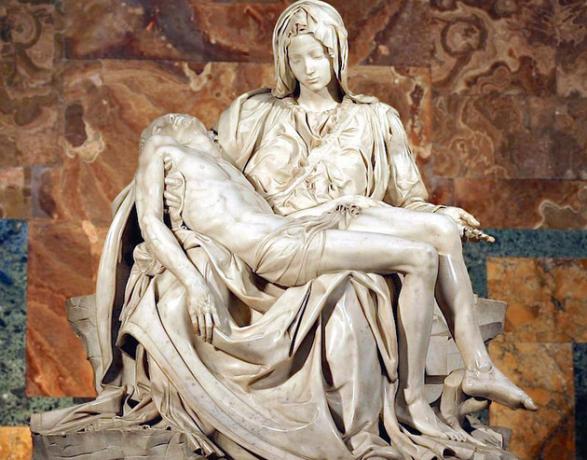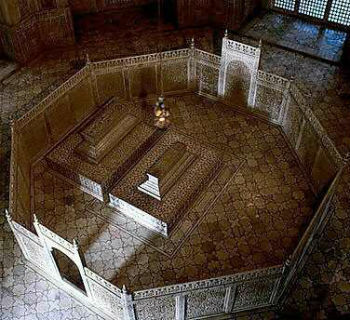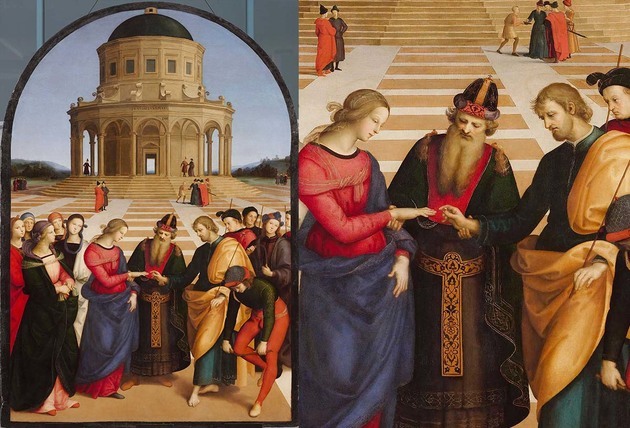Art is a word that originates from the Latin word ars and it means technique or skill. We can say that it is a very old human communicative manifestation.
definition of art
The art has a aesthetic character and it is closely related to the sensations and emotions of individuals. As an example, we can cite painting, dance, music, cinema, literature, architecture, etc.
It is noteworthy that art has an important social role as it exposes historical and cultural characteristics of a given society, becoming a reflection of the human essence.
It exists in all cultures and its definition has been and continues to be discussed relentlessly.

The definitions of art throughout history
for the greek philosopher Aristotle art was an imitation of reality. This concept, later, was harshly refuted by several artistic currents who understood that art was not only based on the imitation of reality, but on the creation.
During the Middle Ages there were two aspects about it:
- the manual (or mechanical) arts
- the liberal (or intellectual) arts
The first was considered inferior to the second, as art was only created from the intellect.
If we think about this issue today, we notice that it is more developed; however, manual work is still overwhelmed by intellectual work.
As an example, we have the artisan and the artist, who share a mental work, while participating in artistic creation. However, the former is, for the most part, considered an individual who produces a “minor art” in relation to the other.
This analogy of "high art" and "popular art" remains until today, being the subject of discussion for many scholars.
Learn more about high culture and the Popular culture.
Art History - Chronology
Art history is a branch of science that studies artistic processes within the context in which they were carried out. Thus, in order to facilitate studies, art is divided into periods, namely:
- prehistoric art: period before 3000 a. C., for example, the rock art.
- ancient art: from 3000 to. Ç. up to 1000 a. C., for example the Egyptian art.
- classic art: from 1000 to. Ç. to 300 d. a., for example the Greek and Roman art.
- medieval art: from 300 to 1350, for example, Gothic art.
- Modern Art: 1350 to 1850, for example, neoclassical art.
- Contemporary art: from 1850 to the present day, for example, conceptual art.
rock art

Rock art represents one of the oldest artistic manifestations that appeared millions of years ago in the context of prehistory. They are drawings or paintings, which were produced, above all, in caves, by several ancient peoples.
In addition to cave paintings, it is known that sculpture, dance and music also began during this period.
Thus, we can reflect on the human need to express themselves, expose their ideas, since through artistic work man releases his emotions.
In the Paleolithic period, around 30,000 BC. C., the created designs had a lot of relation with the nature. The traits used to represent feared animals were full of movement and strength. The more docile animals, such as reindeer and horses, were made in a more delicate way, revealing lightness and fragility.
Religious art

Sacred Art represents the set of works whose main theme is religion.
It was much explored before the Renaissance period (in the Ancient, Classical and Medieval Ages), being one of the main forms of expression for centuries. As an example we have the illustrations, sculptures of saints and the architecture found in several churches or temples.
Baroque art

With the Renaissance period, significant changes took place in Europe in the 15th century, such as:
- scientism
- counter-reform
- rise of the bourgeoisie
- anthropocentrism
- humanism
In this context, the baroque artist finds in art the necessary place to expose the confusion caused by the change in paradigms.
That was how Baroque art distanced itself, in part, from Sacred Art, creating a more erotic, profane, everyday art and, therefore, not so much idealized.
Modern Art

Modern art arises in the context of Industrial Revolution from the 18th century.
In modern art, the concept of art expands a little and is even considered an "anti-art", that is, it is not concerned with the aesthetic content but with the message to be conveyed.
In Brazil, the milestone for the introduction of modern art was the Modern Art Week of 1922.
In this sense, we can think that art has an important function, in addition to catharsis (purging of sensations). In other words, an artistic work may contain an ideological and political content involved, which leads the audience to reflect on the concept and not simply visualize the works.
Abstract art

One of the characteristics of the visual arts of the modern period was the emergence of the artistic current called Abstractionism.
In such a way, abstract art proposes a non-representational visual work, that is, it prioritizes abstract forms over figures that are part of reality.
This current emerged in the context of Modernism, through freedom of expression and refutation of academicism, and is related to avant-garde movements.
Contemporary art

Contemporary art or postmodern art emerged in the 20th century, although many scholars prefer to indicate its origins in the late 19th century.
Contemporary art encompasses a more open concept of art, being based, therefore, on originality, artistic experiments and innovative techniques.
Thus, it admits different artistic modalities and languages as well as the mixture between them. Today, we talk about performance art, multimedia art, ethnic art, among others.
Like modern art, contemporary art focuses on the idea to be conveyed at the expense of the aesthetic value of the work.
Its main function is to make people think, not only with works that harbor concepts aesthetics of harmony and beauty, but based on works that often go beyond the limits of consciousness human.
The idea is for people to have contact with works of art through "aesthetic shock" and so that cathartic processes occur and favor reflective activity.
Visual arts
It is important to know the concept of Visual Arts, as it has generated a lot of confusion.
Some people believe that the visual arts only include paintings.
However, the concept of visual arts is much broader and is related to the very name “visual”. In other words, it represents that art that we can see: painting, sculpture, architecture, theater, dance, photography, among others.
Types of Arts
We know that the concept of art has expanded over the years, which accompanied the development of men and society.
Thus, today we have a multitude of artistic modalities expressed by different languages (visual, auditory, tactile, among others) that emerged, for example, with the advent of information technology.
So, previously, art was only divided into 7 strands:
- Song
- Dance
- Painting
- Movie theater
- Sculpture/Architecture
- theater
- Literature
However, with the development of society, other types of arts were added to the list:
- Photography
- Comic
- Video Art
- Digital Art or Multimedia
Art History Quiz
Read too: What is history?



